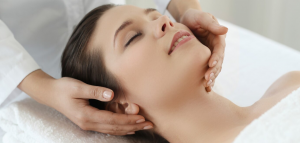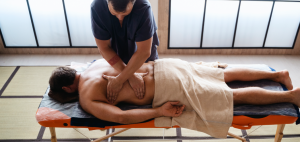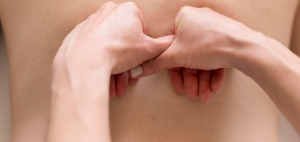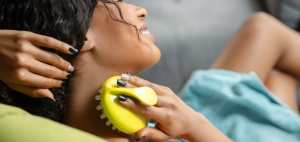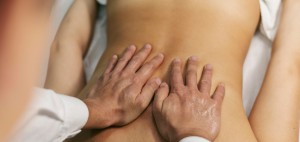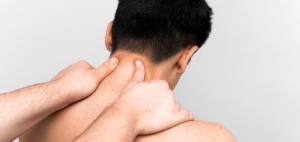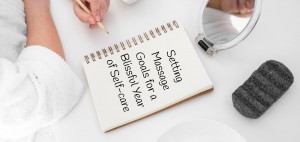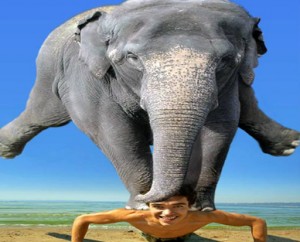Meetups for Massage Therapists
I am just back from our massage therapist state convention Classes, networking, stuff to buy and a bit of fun. I had the joy of being a test body, demonstrating treatment by one of the best bodyworkers in the world today. But the big annual meeting/convention paradigm is changing Conventions are losing attendance, and may […]


